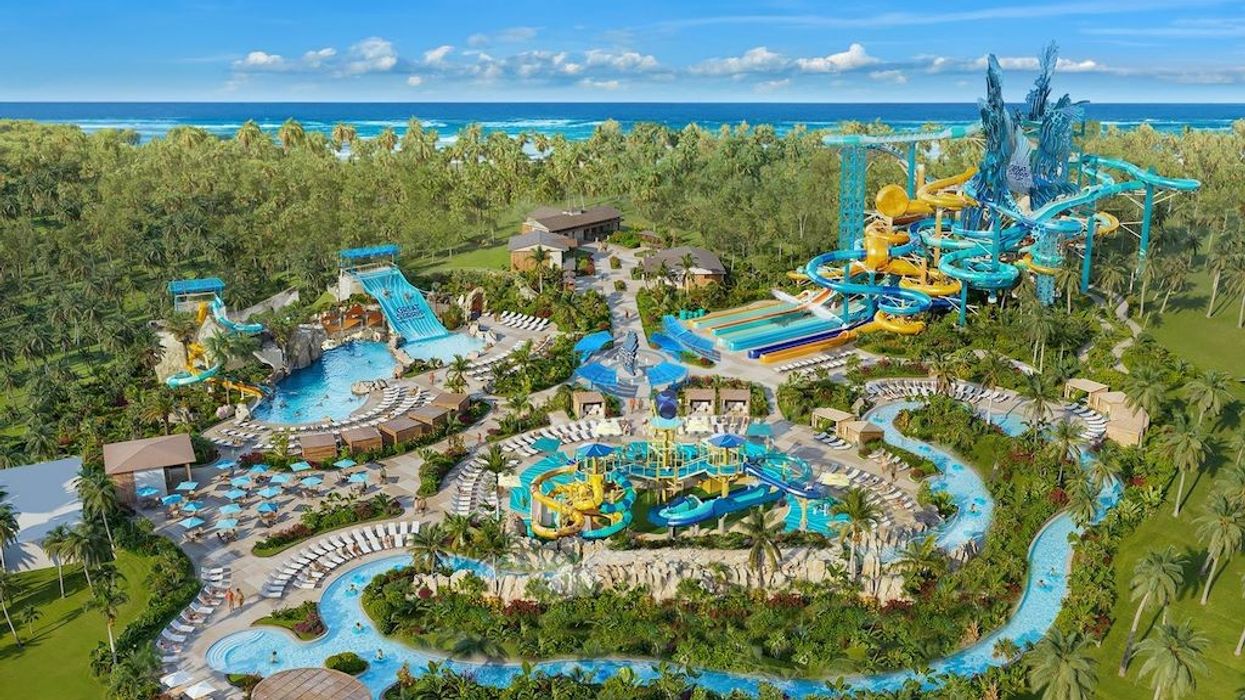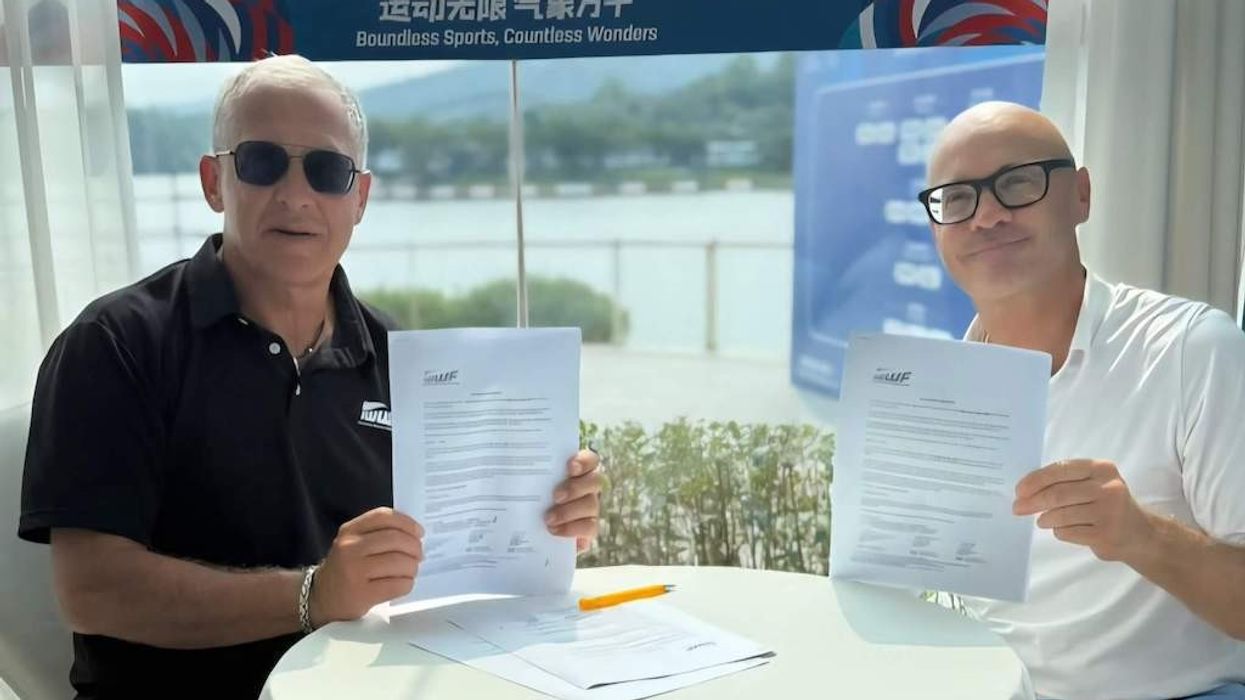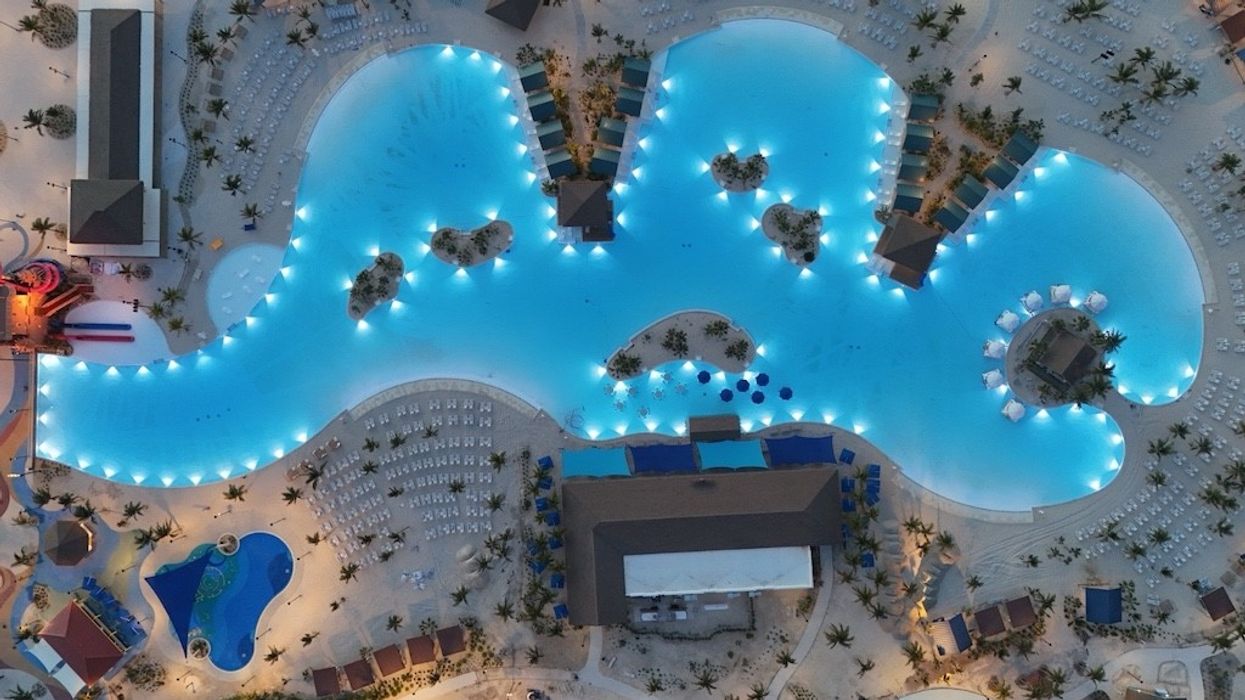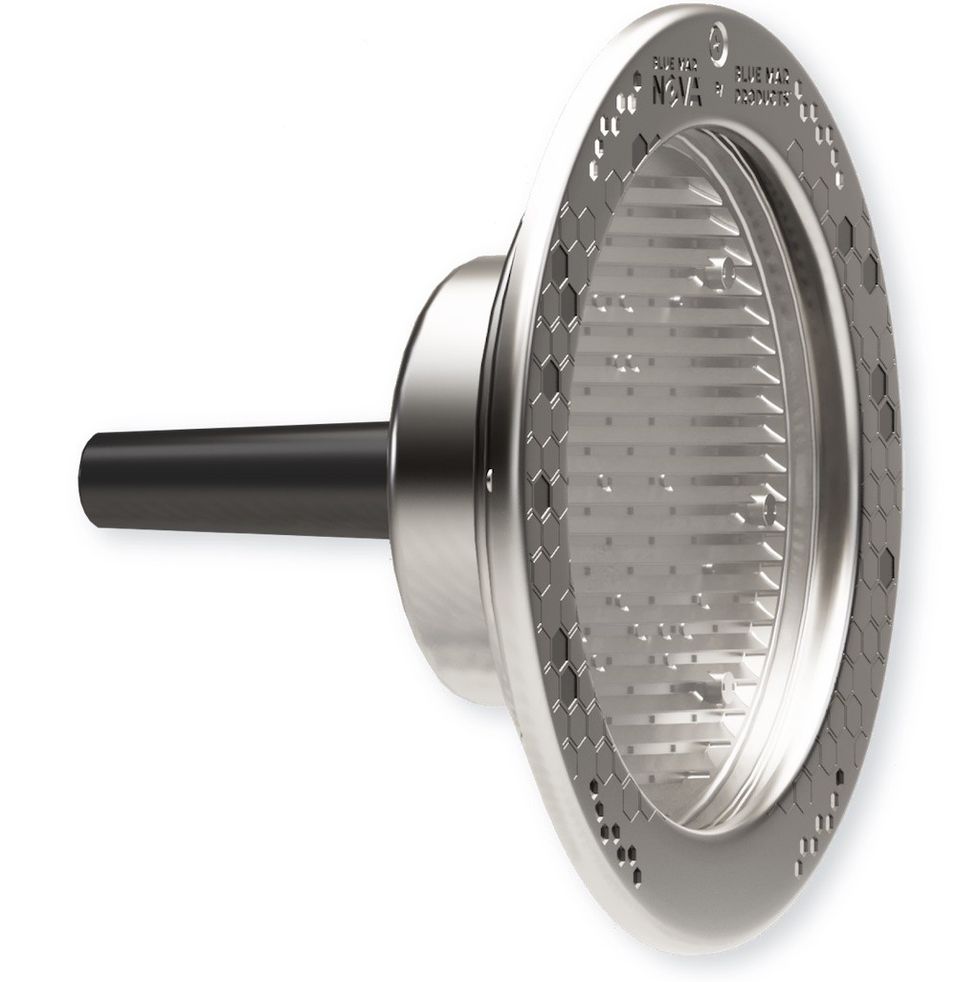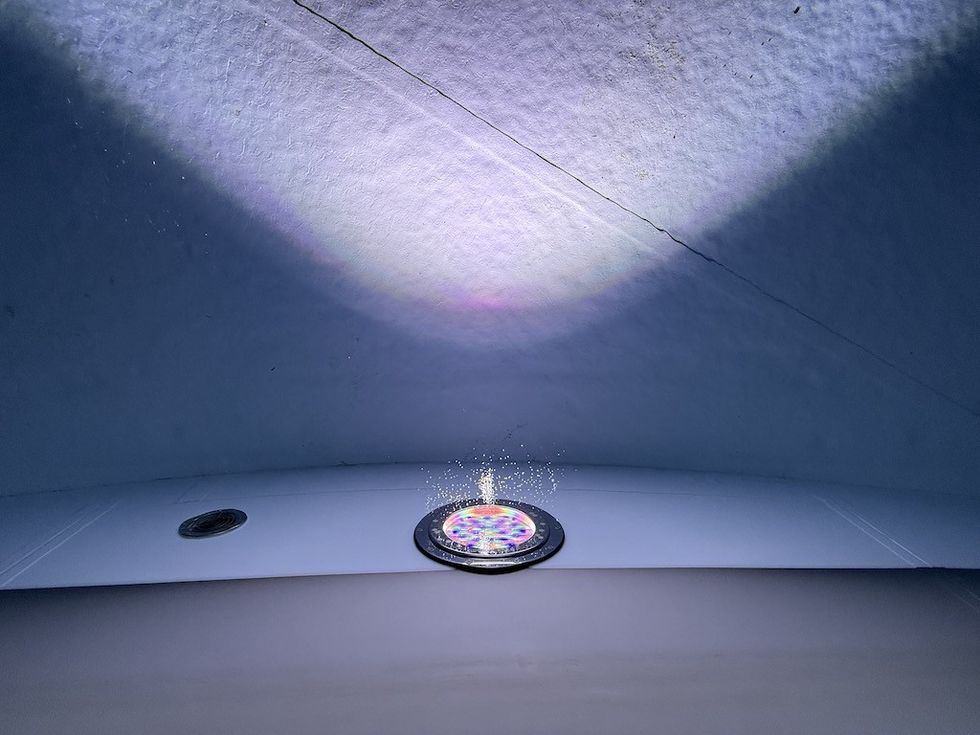Cloward H2O, an expert in aquatic design, is concluding its four-part series, Depths of Design, collaborating with Life Floor, an industry leader in aquatic safety surfacing, to take a deep dive into the industry’s most pressing issues of optimisation, safety, budgeting, sustainability and accessibility.Here, they will discuss water chemistry and safety surfacing.
Proper water chemistry management is a cornerstone of operating recreational water bodies such as pools and waterparks. It is vital to ensure patron safety, comply with regulatory standards, and preserve the facility's longevity. Managing water chemistry involves carefully balancing various chemical levels to prevent health risks, protect equipment, and ensure the facility's overall efficiency.
Just as NSF-certified equipment is used in mechanical rooms for the pumps and filtration systems to maintain proper water chemistry, it is essential to understand the NSF International surfacing standards designed for interactive water play venues and pool deck perimeters.
Certified surfaces meet the criteria of slip resistance, impact attenuation, impermeability, cleanability, UV resistance, and chemical resistance. This ensures safety in harsh aquatic environments. Accredited surfacing protects operators from liability. If a slip and fall causes an injury, they can demonstrate adherence to best practices.
Safety in the water
The safety of patrons is the foremost concern in any aquatic facility. “When water chemistry is imbalanced, it can create an environment where harmful microorganisms, such as bacteria, viruses, and fungi, thrive. These pathogens can cause various waterborne illnesses, including gastrointestinal infections, skin rashes, and respiratory issues,” says Allen Clawson, principal and managing partner at Cloward H2O.
Water clarity is another aspect closely tied to water chemistry. Clear water is essential for lifeguards to monitor swimmers and respond to emergencies. Cloudy water from poor chemical management compromises visibility and increases drowning risks.
In addition to microbial threats, incorrect chemical levels can directly harm patrons. “For instance, excessively high chlorine concentrations can cause eye irritation, skin rashes, and respiratory problems, making the swimming experience uncomfortable or dangerous. On the other hand, insufficient chlorine levels fail to disinfect the water properly, increasing the risk of infections.”
Properly balanced water chemistry prevents these harmful microorganisms' growth, safeguarding swimmers' health.
Compliance with regulations is mandatory for recreational water facilities to ensure patron safety. Local, state, and federal standards dictate water quality to protect public health. Non-compliance can result in fines, closures, or legal liabilities. Proper water chemistry management is essential to meet these requirements and avoid penalties.
Three best practices for water chemistry management
Regular testing
Consistent and precise testing of water chemistry is crucial. “Daily testing helps monitor and adjust chemical levels, maintaining optimal conditions,” says Clawson.
“Automated systems can enhance this process by providing real-time data and adjustments. Weekly or monthly comprehensive tests assess parameters like pH, chlorine, alkalinity, calcium hardness, and cyanuric acid, allowing for early detection and correction of imbalances. Detailed record-keeping aids in tracking trends and regulatory compliance.”
Proper chemical storage and handling
Safe chemical storage and handling ensure efficacy in water treatment and staff safety.
“Store chemicals in a cool, dry place, away from sunlight and moisture, and segregate incompatible substances to prevent reactions. Proper handling involves using personal protective equipment (PPE) and following manufacturer guidelines.” Training staff on spill response is also essential to prevent accidents and maintain chemical effectiveness.
Routine maintenance
Regular upkeep of filtration and circulation systems is vital to efficient water management.
“Tasks like cleaning filters, inspecting pumps, and checking for leaks ensure these systems function properly, distributing chemicals evenly and removing debris. Structural inspections help identify damage from chemical imbalances, allowing for timely repairs and prolonging the facility's lifespan.”
Proactive maintenance ensures a safe, inviting pool and prevents costly disruptions.
Key aspects of water chemistry management
Effective water chemistry management is essential for pool and waterpark safety, functionality, and longevity. Monitoring factors include pH, chlorine, alkalinity, calcium hardness, and cyanuric acid.
Cloward H2O provides a summary of these critical aspects:
pH levels
- Optimal range: 7.2 to 7.6.
- Purpose: ensures chlorine efficacy and prevents equipment damage.
- Low pH leads to aggressive water, causing skin/eye irritation and corrosion of metal components.
- High pH reduces chlorine effectiveness and causes scaling on surfaces and pipes.
Chlorine levels
- Free chlorine range: 1.0 to 3.0 ppm for effective disinfection.
- Combined chlorine (chloramines) should remain below 0.5 ppm to prevent unpleasant odours, irritation, and respiratory discomfort.
- Purpose: disinfects water, eliminates pathogens and ensures a safe swimming environment.
Alkalinity
- Recommended range: 80 to 120 ppm.
- Purpose: stabilises pH levels to prevent rapid fluctuations.
- Low alkalinity causes unstable pH, leading to corrosion and swimmer discomfort.
- High alkalinity leads to difficulty adjusting pH, cloudy water, and scaling.
Calcium hardness
- Optimal range: 200 to 400 ppm.
- Low calcium causes water to leach calcium from surfaces, leading to corrosion and etching.
- High calcium causes scaling, reducing the efficiency of pipes and filtration systems.
- Purpose: protects pool surfaces and equipment integrity.
Cyanuric acid
- Ideal range: 0 to 30 ppm for outdoor pools.
- Purpose: stabilises chlorine, protecting it from sunlight degradation.
- Excess cyanuric acid reduces chlorine effectiveness, increasing the risk of waterborne illnesses.
By regularly monitoring and adjusting these parameters, pool operators can maintain a safe, clean, and efficient swimming environment while extending the lifespan of the facility's infrastructure.
Designing for accessible aquatics
Successful aquatic facilities provide a range of programmes catering to their community demographics' unique needs. Programming generally includes free swimming, aquatic play, learn-to-swim classes, physiotherapy, group fitness, and competitive swimming. Operators improve safety and accessibility for visitors with varying physical abilities by adding safety surfacing in areas prone to slips.
“We see this play out (pun intended), especially in areas designated for play,” says Gwen Schlotte, vice president of specification and strategic partnerships at Life Floor. “Play comes in many styles. It can be imaginative, collaborative, multi-generational, exploratory, introspective, and even risky.
“Providing distinct areas, or zones, for different play styles is key to designing interactive play that serves diverse populations. For example, some guests find 500-gallon dump buckets thrilling, while others prefer to stay by low-flow ground sprays. Designing for these different preferences can be challenging, but allowing people to choose their own adventure in a way that increases their confidence while navigating the space is essential.”
Using the surface colour to differentiate between zones can build guests' confidence as they interact and play.
“Adding cushioned and slip-resistant safety surfacing will better protect guests engaging in active risky play like running, jumping, and crawling while enabling play for visitors with higher fall risk. Visual signals like surface colour, themed elements, and spray intensity markers empower users to navigate spaces more confidently.”
Similarly, tactile signals like texture changes can thoughtfully engage guests who are low vision or blind. Operators may also consider aquatic manufacturers like EpicSurf, Wibit, and Life Floor, who provide products that are Certified Autism Resources accredited by IBCCES to meet one or more Areas of Autism Competency.
Surfacing design can span 50-90% of a facility, telling a story while accommodating diverse needs and play styles. Unique colours, patterns, and imagery enhance branding and value in aquatic spaces. Designers can use surfaces for wayfinding, playful characters, vibrant themes, and engaging games to spark imagination.
Positive guest experiences
Life Floor views success through stories about positive guest experiences and the meaningful differences their products make.
A key success it often hears about is centred around safety and how its products work to eliminate slip and fall incidents from day one of installation. Ensuring lifeguards focus on safety enhances success. Instead of managing injury reports or ice packs, they can better monitor the water and oversee a larger crowd, confident that the surface prevents slips and falls.
Beyond safety, there is incredible value in design and accessibility. “Our industry continues to pivot more into themed entertainment and inclusive spaces to thrill guests with immersive experiences,” says Schlotte. “While safety is a solid backbone to provide that peace of mind and accomplish best practices, there's a greater calling to choose multi-faceted products like Life Floor that lean into storytelling and branding elements.”
"We used to use a lot of ice packs, and we don't need to do that anymore,” says Grove Cove Aquatic Center Pool Deck in Maple Grove, Minnesota, US. “Kids pop up and keep going."
"The design really looks great, the way the colors all went together,” says Pleasant Glade Pool in Grapevine, Texas, US. “We're really happy with the design, it's soft enough you can drop an egg on it, so it will protect the kids if they slip and hit their head. It's funny, our staff didn't believe us when we said it, so they went out and bought a couple of eggs, and they totally bounced. Proved them right."
"As a mom with clumsy kids, and trying to keep everyone safe, while enjoying myself in the waterpark, these soft floors were what made this park chart at the top of our list of favorite parks,” says Jaime Lones, a visitor at Showboat Island Resort in New Jersey, US.
“The baby could sit next to the splash features with no worry of them bouncing their noggin off of concrete as you are distracted looking up at the other kids. Not to mention the lack of strain in your back and knees at the end of the day. We've been to hundreds of parks. This was our first with Life Floor throughout the entire park, and it honestly changed the experience."
An approach together
Proper water chemistry management is central to operating safe, compliant aquatic facilities. Cloward H2O brings deep expertise in designing systems that balance chemical use, ensuring water remains clear, clean, and safe. It integrates automated dosing systems and smart filtration to optimise water quality and reduce operational costs.
Life Floor complements this by offering NSF-certified safety surfaces that are chemically resistant and easy to clean, ensuring long-term durability in aquatic environments. The two firms provide comprehensive solutions that reduce liability risks, improve safety, and ensure long-term facility health.
“Our hands-on approach, combined with our deep industry knowledge, ensures that no challenge is too great,” says Clawson.
“We help clients navigate complex economic and safety concerns, providing ongoing support that makes a real difference. Our success is reflected in the words of those we work with.”
For example, Phillip Melton, operations manager at Montgomery Whitewater, says: "The ability to call with random questions, get feedback, and receive extra help when needed is invaluable."
Cloward H2O and Life Floor remain committed to building partnerships that result in safe, efficient, and financially sound world-class aquatic facilities by blending innovative design, practical solutions, and unwavering support.
In the previous instalment of this series, Cloward H2O and Life Floor explored how to navigate budgetary challenges.
Charlotte Coates is blooloop's editor. She is from Brighton, UK and previously worked as a librarian. She has a strong interest in arts, culture and information and graduated from the University of Sussex with a degree in English Literature. Charlotte can usually be found either with her head in a book or planning her next travel adventure.


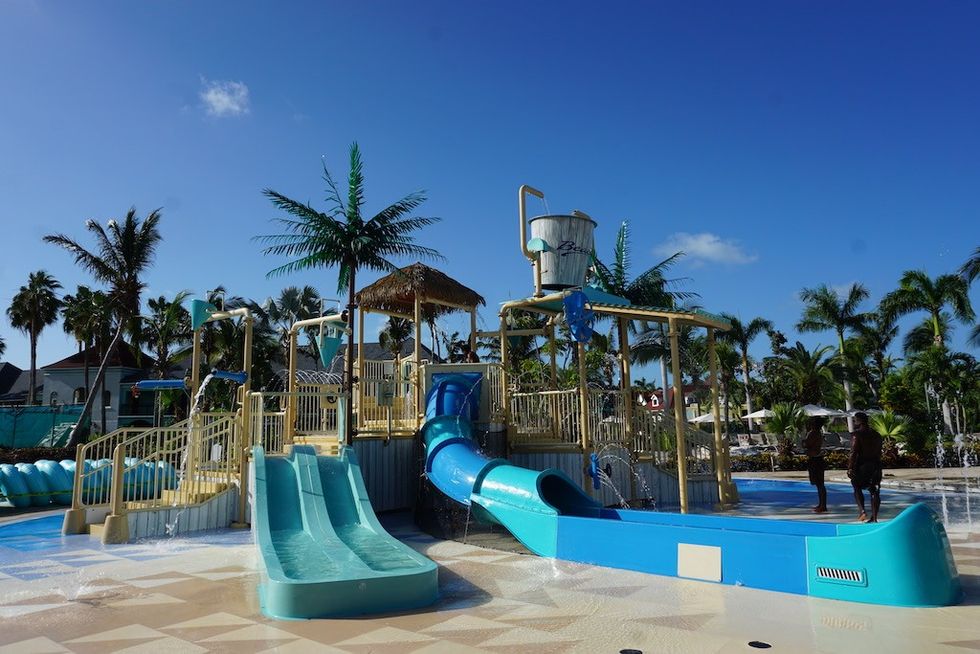


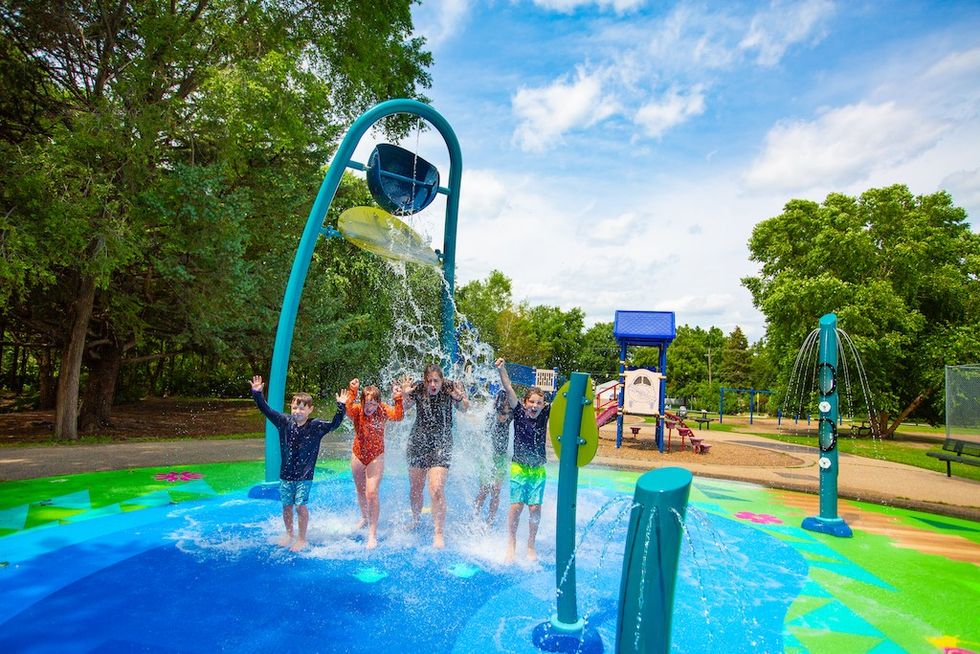

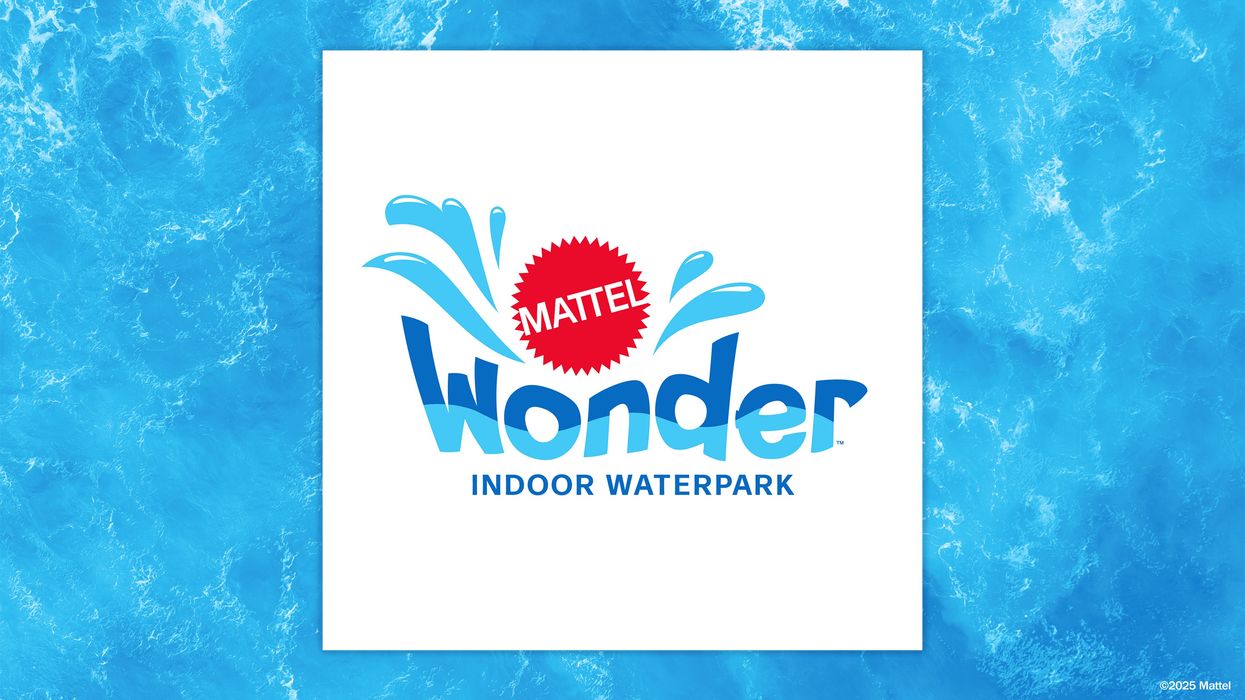




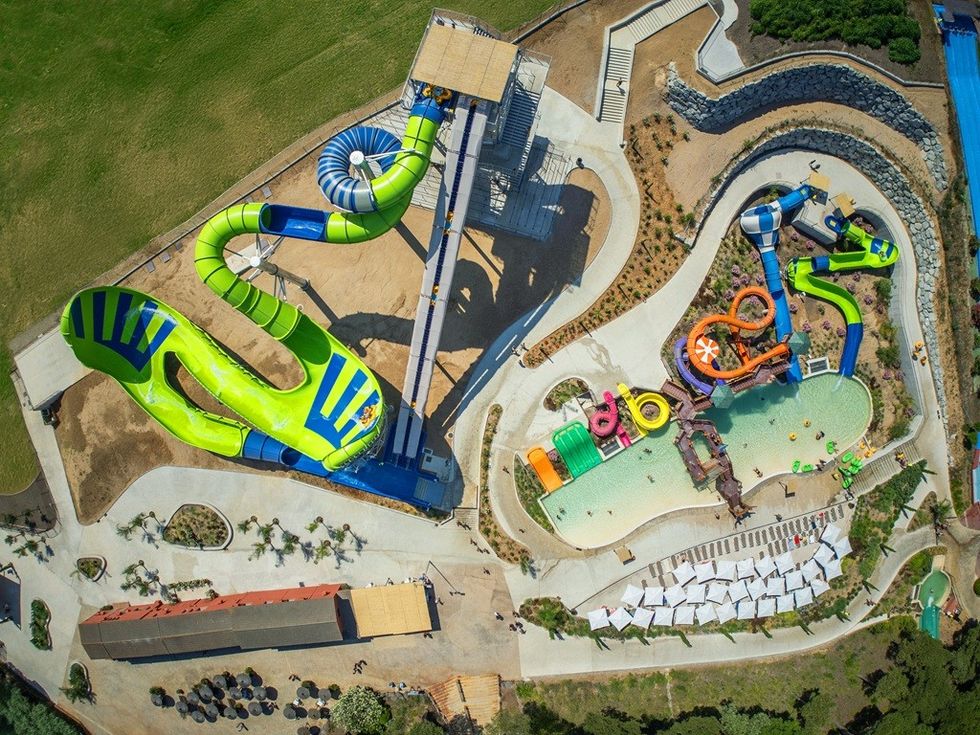 Water World, Lloret de Mar
Water World, Lloret de Mar HIVE 20 by ProSlide at Zoombezi Bay
HIVE 20 by ProSlide at Zoombezi Bay






